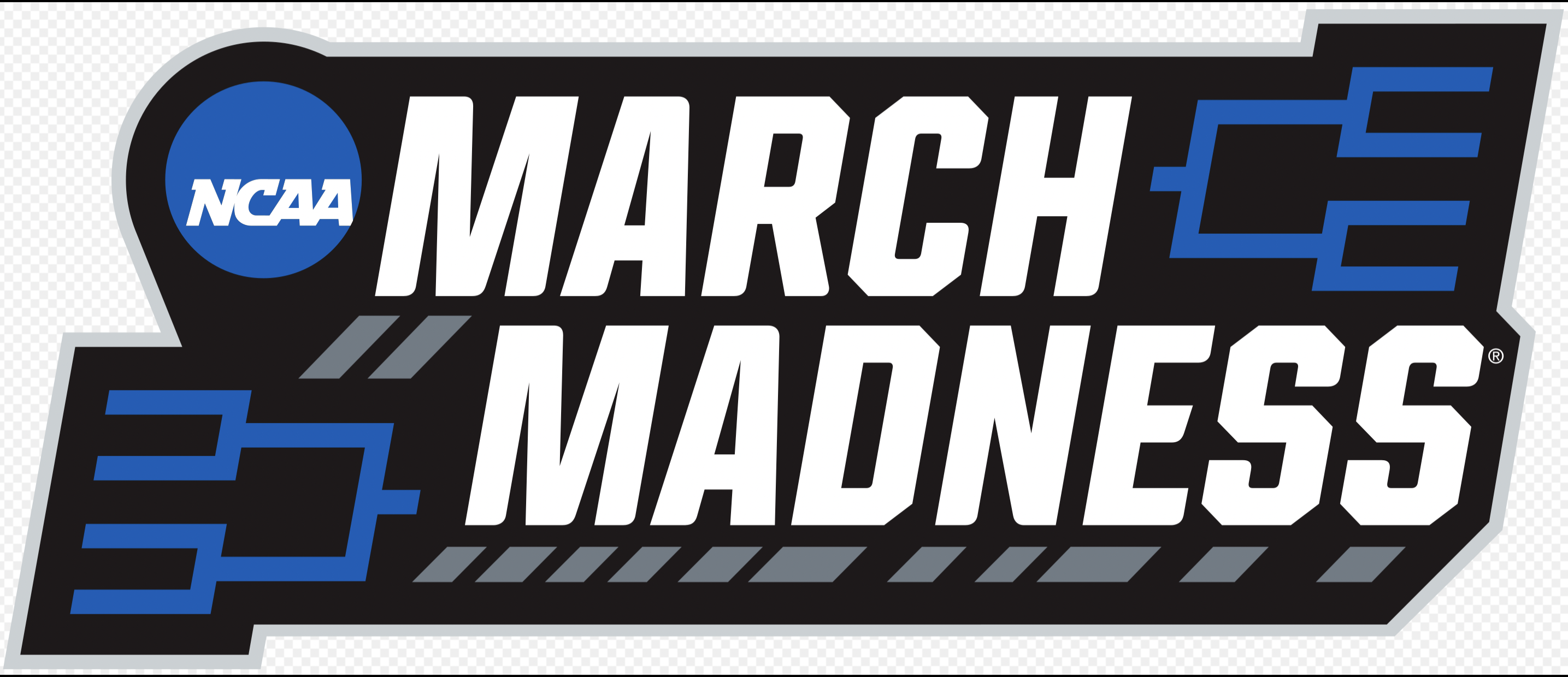
March is approaching, and everyone wants a perfect bracket or a winning bracket in a family or friends pool. So many people often pick randomly and end up having an awful bracket and not winning some cash, or just for bragging rights in general. But are there statistical indicators of success in March for these teams? In this article, we will be diving into some of the takeaways about the regular season and see if we can improve your bracket for the 2025 March Madness.
KenPom Offensive Efficiency, and Defensive Efficiency
The first giveaway to help you out in your bracket prediction is the winner. Since 2002, every national champion has been in the top 40 in both offensive and defensive efficiency. I’m sure the question you’re wondering is what those things are, and who fits in that category this year? Well, “offensive efficiency is how many points a team scores per 100 possessions, while defensive efficiency is how many points a team allows per 100 possessions.”. So to narrow things down, we will go with the top 25 teams in both categories and it narrows down to 10 teams. Auburn, Duke, Houston, Florida, Tennessee, Iowa State, Arizona, Texas A&M, Kansas, and St. John’s. You could just pick your favorite team from that list of 10 to win your bracket, but we will dive deeper than that.
eFG% in the tournament
What is eFG%? “A basketball statistic that adjusts field goal percentage to account for three-point shots worth more than two-point shots.”. I’m sure you’re wondering how this random stat correlates to how I am going to make an amazing bracket? Here’s your answer: at least 75% of teams that have won the NCAA tournament over the last 20 years have been over 52% in offensive eFG%, and held opponents to under 48% eFG%, or in other words had a defensive eFG% of under 48%. For example, 3 of the last 4 winners have excelled in this category with above a 54% OeFG% and 47.5% or below in DeFG%. So who is in the category for the 2024-25 season? The answer is Cornell, Northern Iowa, Liberty, Bradley, and Duke. Now it is likely that 4 of 5 teams under this category will be lower seeds, this statistic can help with picking upsets. So when looking at matchups once the tournament comes around, look for who can shoot the 3, and defend the perimeter at a high level.
Turnover percentage
Turnover percentage, or turnovers per 100 possessions, has proven to be a huge indicator of success in the tournament over the last 22 years. In the last 22 seasons, 18 of 22 champions have had a turnover percentage lower than 18%. Overall, a statistic that is massive in the tournament. What teams have done that so far this season? Notable teams that are under 18% are Ole Miss, Houston, Marquette, and Auburn. Taking care of the basketball is essential in march, and can help you figure out who is going to go far.
Oreb% and Dreb%
First, let’s talk about what offensive and defensive rebound percentage is. Basically these are both how often a team gets offensive and defensive rebounds, and is calculated by dividing the number of offensive or defensive rebounds by total number of rebound opportunities. There is a strong correlation between teams finishing in the top 30 in both Oreb% and Dreb%. Teams in the top 30 in both are Baylor, Duke, Gonzaga, Michigan State, Northern Iowa, and St. John’s.
What teams fall under multiple of these categories?
Let’s take a look at what teams fall under multiple categories. The top team is Duke, which falls under 3 of these categories. Only 4 other teams fell under multiple categories, which are Auburn, St. John’s, Houston, and a surprising team, Northern Iowa. respectively, 4 of these 5 teams are ranked within the top 10 in the nation, thus proving these statistics are a indicator of success.
Final Thoughts
Based on this research, historical trends have proven to show winners and teams that go deep in the tournament are successful in the statistics of Offensive and Defensive Efficiency, eFG%, turnover percentage, and Offensive and Defensive rebound percentage. While Cinderella runs and upsets happen every year, the teams that historically go far do well in these categories. Whether you are playing for money or just for bragging rights with friends and family, these insights will help you create a successful bracket.

